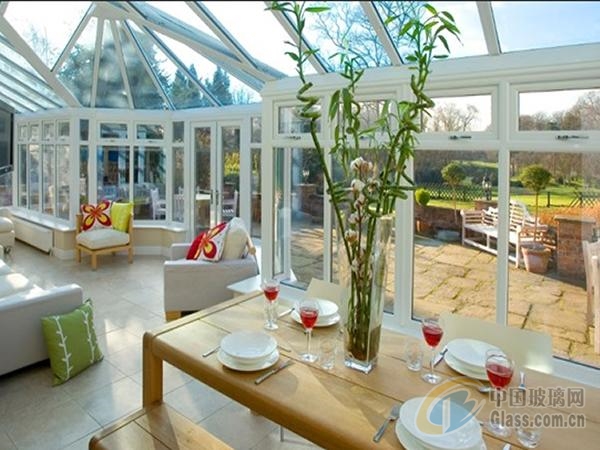Post Time:Nov 28,2016Classify:Industry NewsView:1454
Pilkington product portfolio offers a wide range of energy-efficient glazing to help homeowners minimise energy losses.

Up to 25 per cent of the heat from homes escapes through the windows, and with the rising costs of energy and increasing environmental awareness, more emphasis than ever is being placed on ways to save energy in the home.
Windows can have a big impact on the amount of energy used and the cost of heating – and the Pilkington product portfolio offers a wide range of energy-efficient glazing to help homeowners minimise energy losses and reduce the impact that day-to-day life can have on the environment.
The Pilkington energiKare™ range of double and triple glazing units, uses advanced technology to improve the thermal efficiency of homes and reduce the amount of heat lost through windows, resulting in reduced heating bills.
Pilkington energiKare™ differs from basic double glazing as it works in two ways. It reduces the amount of heat lost through windows but also allows more energy from the sun in through the glass.
This effect is known as passive solar gain, which can help to warm up rooms during the approaching winter months.
As well as the standard Pilkington energiKare™ Insulating Glass Units (IGUs), the Pilkington energiKare™ range comprises of:
• Pilkington energiKare™ Advantage – triple glazing performance in a double glazed unit
• Pilkington energiKare™ Triple – high performance triple glazing, for superior thermal efficiency
• Pilkington Spacia™ – ultra slim vacuum glazing, offering energy efficiency for a broader range of properties, including period properties and older traditional buildings
This energy saving collection is the ideal choice for helping to reduce energy consumption this winter and also allows homeowners to extend the glazed area of a property without increasing heat loss when the correct glass is specified
Source: www.pilkington.comAuthor: shangyi
PrevHird wins Business of the Year Award
Solutions for ‘Problem Glass’ in Buildings Before, During and After InstallationNext